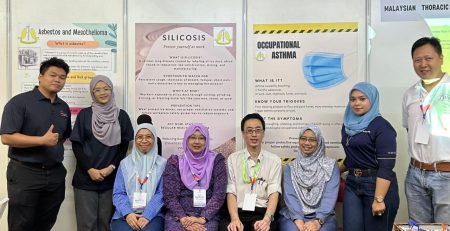28th GHWP & IMDEC 2024
admin_schiller06122025-02-17T17:51:39+08:00We recently had the privilege of attending the Global Harmonization Working Party (GHWP) and International Medical Device Exhibition Conference (IMDEC), hosted by the Medical Device Authority (MDA).
About GHWP
Global Harmonization Working Party (GHWP) is a non-profit organization involving the participation of medical device regulatory authorities and industry representatives across the globe. Its predecessor was the Asian Harmonization Working Party (AHWP) predominated by Asian countries and regions. With the growing number of members and increasing global impact, AHWP had transformed from an Asian organization into an international organization. In 2021, it was renamed as the GHWP, with the aim to promote global medical device regulation toward greater convergence, harmonization and reliance. It has now expanded its membership to 34 countries and regions, from Asia to the North and South Americas as well as Africa. To work in collaboration with related international organizations such as IMDRF, WHO, ISO, and IEC. Through the dialogue and communication between medical device regulatory authorities and the industry, it works towards the continuous promotion of high-quality development in global medical device regulation and industry.
Source: MDA (2024)
The 28th GHWP Annual Meeting
was held in Kuala Lumpur Convention Centre (KLCC) in conjunction with International Medical Device Exhibition & Conference (IMDEC) 2024 from 10 – 12 December 2024.
The Annual Meeting serves as a platform for the exchange of knowledge and expertise amongst regulators and the industry for the establishment of harmonized requirements.


At the same time, over at the IMDEC, our colleagues had the opportunity to showcase two of our most robust devices on our booth during the three-day event, namely FRED easyport plus, and DEFIGARD Touch 7.
As both a conference participant and booth exhibitor, we were able to engage with industry experts, learning insights, and explore the latest advancements in medical device regulations.
The backgrounds of booth visitors are largely different. We’ve had visits from prospecting suppliers and distributors for various products, university students, regulators, and others. The interactions that we have had over the three-day course was enlightening and interesting. We were able to gain insights as well as share them, through this platform.
One of our notable interactions were from the visits from Biomedical Engineering students from University of Cyberjaya’s Centre of Biomedical Engineering.
Our colleague were able to explain to them the features and technologies used in our defibrillators. Interactions as such helps bridge the gaps between the industry and the education institutions; we hope that the communication and collaborations of the stakeholders would ultimately advance the quality of medical devices in great strides.






